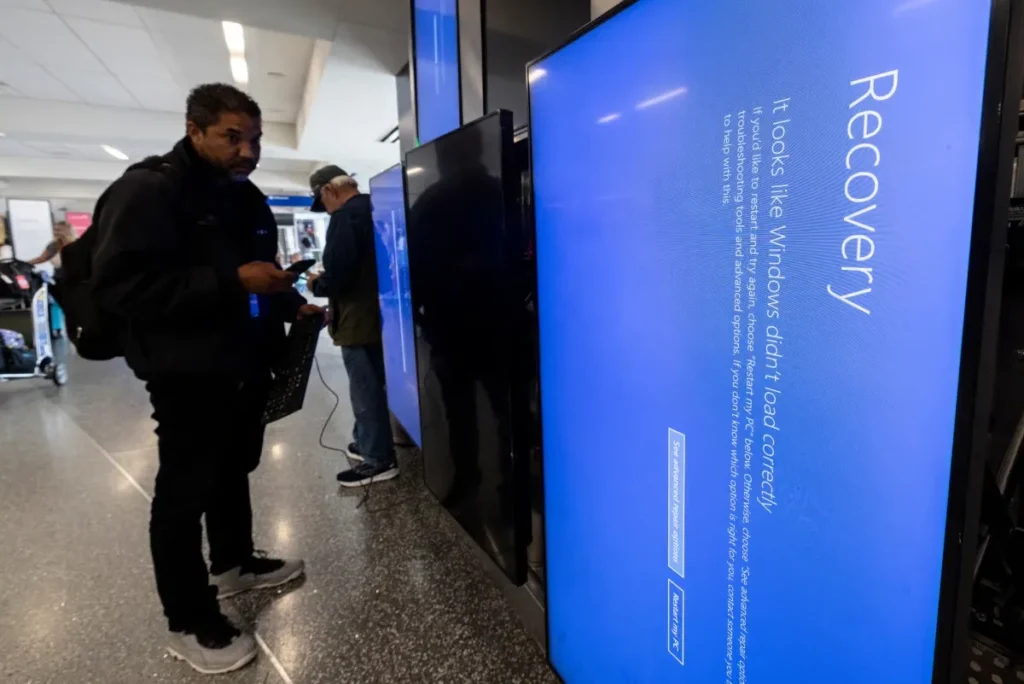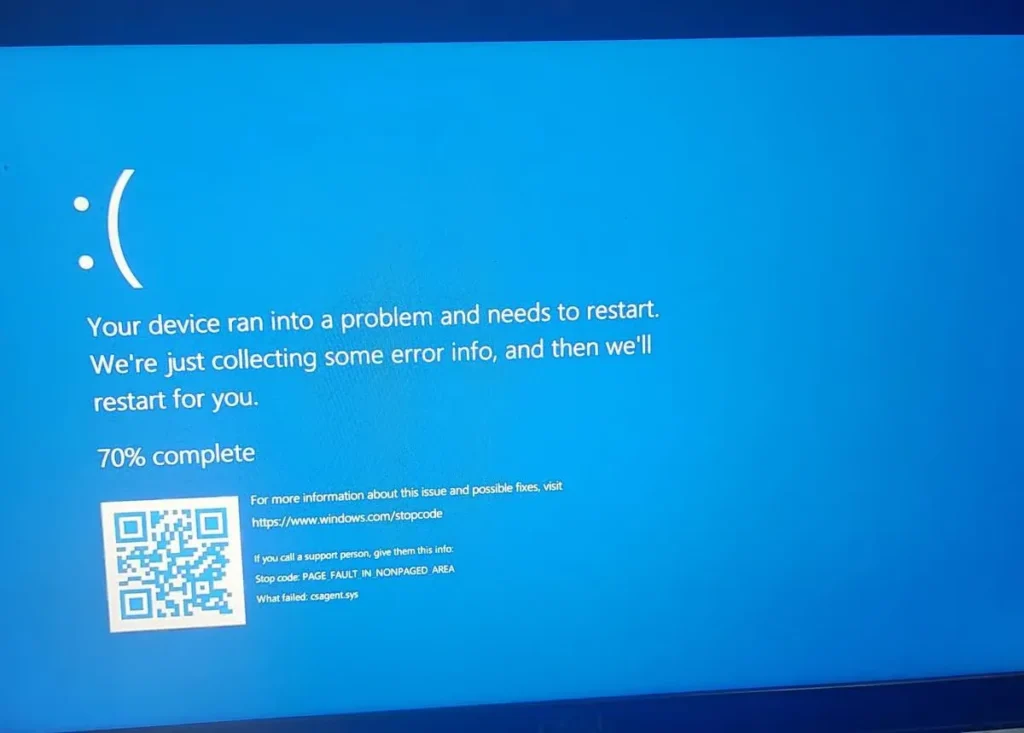Global IT Outage Microsoft: A recent global technology outage impacted many industries, affecting enterprises using CrowdStrike’s security software on Microsoft systems. This disruption caused flight delays, temporary store closures, and widespread inconvenience. The incident highlighted the vulnerability of interconnected systems and the potential for significant consequences from a single software update. In this article, we will explain the actual reason behind this disaster and how Microsoft and CrowdStrike resolved it. Read this article till the end for full details.

Understanding the Root Cause: The CrowdStrike Update
The root cause of the outage was traced back to an overnight update from CrowdStrike, a leading cybersecurity firm. The update, similar to an app update on a smartphone, aimed to enhance security measures but inadvertently caused widespread issues for Microsoft customers utilizing CrowdStrike’s solutions. The impact was primarily felt by large enterprises that rely on these integrated systems to protect their operations from global cyber threats.

Collaboration and Mitigation Efforts
Microsoft and CrowdStrike swiftly initiated collaborative efforts to address the situation. They engaged in extensive communication and deployed teams of engineers to guide customers through the recovery process. CrowdStrike also published official guidance on their website to counter misinformation circulating online. Microsoft’s engineers focused on simplifying the implementation of fixes and providing support to restore services as quickly as possible.

Recovery Timeline and Lessons Learned
While recovery was underway, the exact duration for complete resolution remained uncertain due to the complexity of each customer’s systems. Large enterprises often require manual updates to fully integrate the fix, a process that Microsoft and CrowdStrike aimed to streamline. The incident emphasized the need for efficient and automated update mechanisms to minimize disruptions in the future.

Key takeaways and opportunities for improvement:
| Lessons Learned | Potential Solutions |
| Rigorous Testing of Updates is Crucial | Increased Emphasis on Testing in Diverse Environments |
| Open Communication and Collaboration are Vital | Establishing Robust Communication Channels with Partners |
| Streamlined Update Processes are Essential | Automation of Update Procedures to Minimize Manual Intervention |
| Building Resilience into Systems is Key | Designing Systems That Can Withstand Unexpected Disruptions |
Broader Questions About System Resilience
The incident sparked discussions about the reliance on a limited number of companies powering the web. It raised concerns about the vulnerability of interconnected systems and the potential for cascading failures. While some questioned the need for more open systems, the incident showcased the challenges inherent in managing even third-party solutions within complex IT environments.
Focusing on the Present and Future
Microsoft’s immediate priority was to restore services for impacted customers, ensuring businesses could resume operations. This involved working closely with CrowdStrike and dedicating resources to assist with mitigation efforts. In the aftermath of the incident, a thorough analysis would be conducted to identify the exact cause of the unexpected behavior and implement measures to prevent similar events from occurring in the future.









